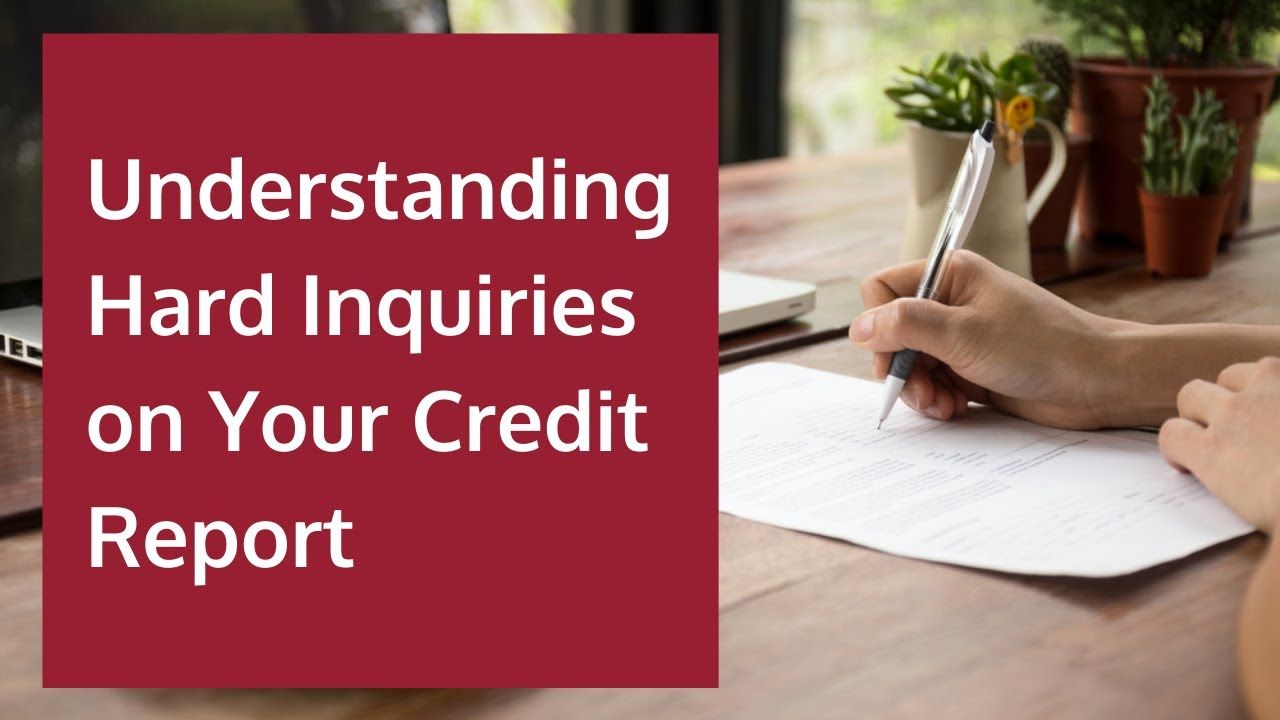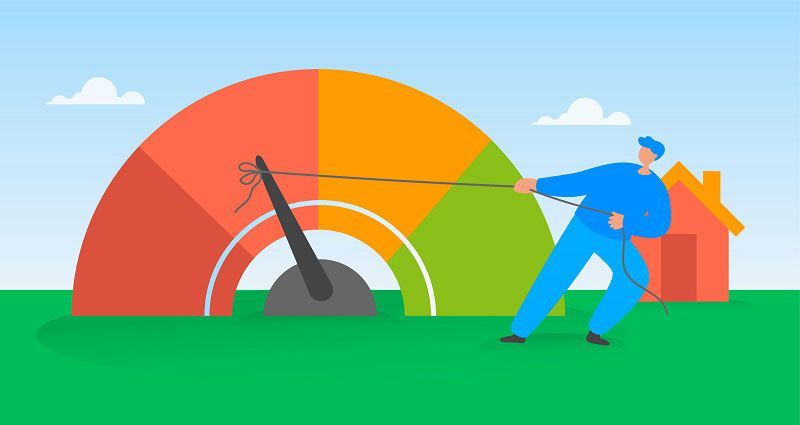We are an Equal Employment/Affirmative Action employer. We do not discriminate in hiring on the basis of sex, gender identity, sexual orientation, race, color, religious creed, national origin, physical or mental disability, protected Veteran status, or any other characteristic protected by federal, state, or local law.
How to Refinance Your Home Mortgage: A Step-by-Step Guide
Refinancing your mortgage can be a strategic way to save money, adjust your terms, or even tap into home equity. Whether you’re aiming to lower your interest rate, reduce the term of your loan, or access extra cash, a refinance can make a big difference in your financial planning. Here’s what you need to know about the process.
Why Refinance?
When you purchase a home, remember this saying: You marry the house, not the interest rate. Refinancing allows you to adjust your mortgage as financial circumstances or interest rates change. Here are some common reasons why homeowners refinance:
- Lowering the Interest Rate: If rates have dropped since you originally financed, refinancing can reduce your monthly payment and the total interest paid over the life of the loan.
- Changing the Term: Refinancing can allow you to shorten or extend your loan term, depending on your financial goals.
- Cash-Out Refinancing: For those with built-up home equity, refinancing can provide funds for large expenses like home improvements, college fees, or consolidating other debts.
Step-by-Step: How to Refinance Your Mortgage
1.Gather Key Documents
Before contacting a lender, gather essential documents to streamline the process. Lenders will need information about your current mortgage, property taxes, and homeowners insurance. Here’s what you’ll want to have on hand:
- Current Mortgage Statement: Shows your current terms and payment breakdown.
- Property Tax Statement(s): Tax information from local authorities.
- Homeowners Insurance Declaration Page: To verify your premium, especially if you have an escrow account. You can go to the Texas Department of Insurance for a guide to choosing and understanding homeowners’ insurance policies in Texas. For tips on re-shopping your home insurance check out my video.
- Other Loan Documents: If you have additional loans against your property, such as home equity or improvement loans, be prepared to provide documentation for these as well. Learn more about the costs to refinance in Texas here.
2. Reach Out to Your Existing Loan Officer
If you're thinking about refinancing, a great place to start is with the lender or loan officer who helped you with your original mortgage—especially if you had a positive experience with them. They’re already familiar with your financial profile and may be able to offer a streamlined process or special programs for existing clients. However, always ensure that you understand the terms, fees, and options they provide.
- If you would like to find a new lender, check out my video about why my team is especially suited to help you.
3. Request Written Estimates
Once you’re in touch with a lender, ask for a
Loan Estimate—a standard document that outlines fees, APR, and loan terms. Avoid vague estimates sent via email without a breakdown, as they may not reflect the full costs of refinancing. Receiving detailed, written estimates will help you compare lenders and make informed decisions.
4. Prepare for Refinancing Fees
Refinancing isn’t free. Some borrowers expect a straightforward switch with minimal fees. However, refinancing is akin to taking out a new loan. Expect to pay processing, underwriting, and appraisal fees, as well as title company fees that vary by state. For a localized mortgage rate tracker or insights on refinancing at the best time go to
Bankrate: Texas Mortgage Rates for Texas real estate news and market analysis.
5. Review Your Credit and Qualification Documents
Refinancing often involves a fresh credit check and updated paperwork to ensure you still meet loan qualification standards. Be ready to provide documents such as pay stubs, tax returns, and bank statements to confirm your financial stability. Reviewing your credit before applying can help ensure you’re in the best possible position to secure the lowest rates possible.
6. Lock In Your Interest Rate
When you’re ready to proceed, work with your lender to lock in an interest rate. Remember, rate locks are only valid for a set period—often 30 to 45 days. Rates can change quickly, so it’s essential to keep up with any paperwork requests to prevent delays that could jeopardize your locked rate.
When to Refinance?
The best time to refinance depends on your goals and current market conditions. In general, refinancing may be a good choice if:
- You can lower your interest rate significantly.
- You plan to stay in your home long enough to recoup the refinancing costs.
- You want to adjust your loan term for a more manageable monthly payment or a faster payoff.
For more insights, check out my video on when to consider refinancing your mortgage where I provide in-depth advice on timing and costs associated with refinancing.
Refinancing can provide substantial benefits when done thoughtfully. By understanding each step—from gathering documents and asking for written estimates to locking in your rate—you’ll be well-prepared to make the most of your refinancing opportunity. Having a proactive approach to refinancing is key to getting the best results without added stress.
Stay informed, and connect with a trusted mortgage professional at Loan with Jen to guide you through this process!











